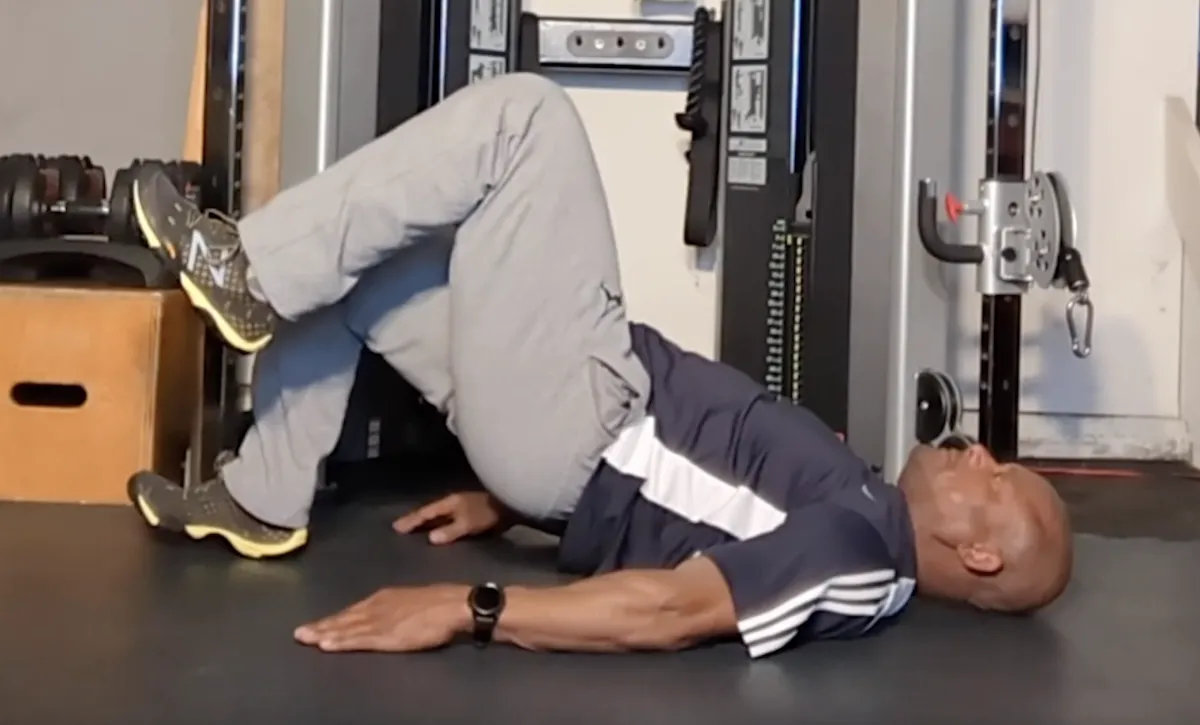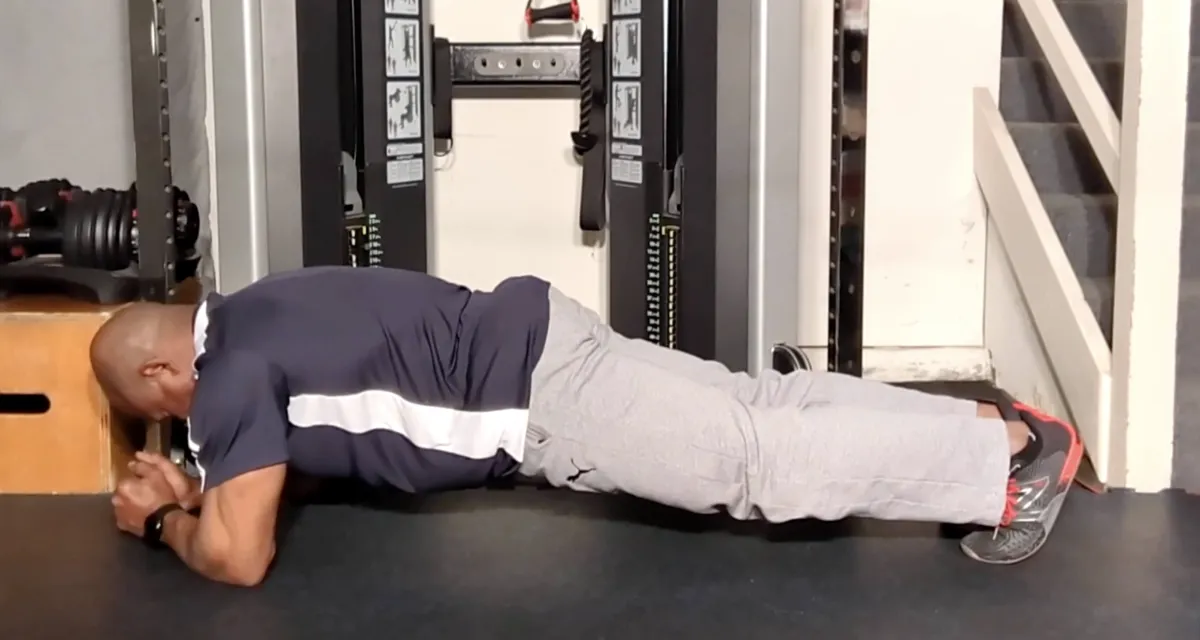
RESOURCES

Prevent Knee Pain as You Age: Tips for Stronger, Healthier Knees
As we age, maintaining healthy, pain-free knees becomes increasingly important for preserving mobility and overall quality of life. Knee pain isn’t just a problem for athletes—it’s one of the most common complaints as people age, probably right up there with low back pain. It is a common complaint among older adults, often resulting from factors such as muscle imbalances, improper movement patterns, and the natural wear and tear of the joint. However, with proactive measures, you can strengthen your knees and reduce the risk of pain and injury.

Here are some effective strategies to keep your knees healthy as you age:
1. Prioritize Strength Training
Building and maintaining muscle strength around the knee joint provides essential support and reduces stress on the knees. Focusing on key muscle groups can enhance knee stability and function.
Quadriceps and Hamstrings: Strong quads (thigh muscles) and hamstrings help in stabilizing the knee joint. Incorporate exercises like squats, lunges, and leg presses to target these muscles.
Gluteal Muscles: The glutes play a crucial role in maintaining proper hip alignment, which affects knee health. Strengthening these muscles can alleviate undue pressure on the knees.
As a quick side note, consistent strength training not only supports the knees but also combats age-related muscle loss, contributing to overall physical resilience.
2. Engage in Low-Impact Aerobic Activities
Regular aerobic exercise promotes joint health without placing excessive strain on the knees. Low-impact activities are particularly beneficial for maintaining cardiovascular fitness while protecting your joints.
Swimming and Water Aerobics: These activities provide resistance and support, allowing for effective workouts with minimal joint stress.
Cycling: Biking, whether stationary or outdoor, offers a cardiovascular workout that is gentle on the knees.
Walking: Regular walks, especially on even surfaces, can improve joint mobility and overall health.
Indoor Rowing: this is actually my personal favorite as it provides almost zero impact on your joints. It can however be challenging for people with pre-existing lower back issues, so use caution.
Incorporating these activities into your routine can enhance knee function and reduce the risk of pain.

3. Maintain a Healthy Weight
Excess body weight increases the load on your knee joints, accelerating wear and tear. Achieving and maintaining a healthy weight reduces this stress, potentially decreasing the risk of osteoarthritis and other knee-related issues.
4. Practice Proper Movement Mechanics
Awareness of how you move during daily activities can prevent unnecessary strain on your knees.
Posture: Maintain an upright posture with shoulders back and core engaged to distribute weight evenly and reduce knee stress.
Lifting Techniques: Use your legs, not your back, when lifting objects. Bend at the hips and knees, keeping the object close to your body.
Footwear: Wear supportive shoes that provide adequate cushioning and arch support to promote proper alignment and reduce knee strain.
Implementing these practices can help in minimizing undue pressure on your knees during everyday movements.

5. Incorporate Flexibility and Mobility Exercises
Maintaining flexibility in the muscles surrounding the knee joint aids in preserving its range of motion and function.
Stretching: Regularly stretch the quads (thigh muscles), hamstrings, calves, and hip flexors to prevent tightness that can affect knee alignment.
Foam Rolling: Using a foam roller can release muscle tension and improve tissue flexibility, particularly in the IT band and quads.
Yoga and Pilates: These disciplines enhance flexibility, balance, and strength, contributing to overall joint health.
Your body was meant to move, so consistent flexibility and mobility work can not only alleviate muscle imbalances and reduce the risk of knee pain, but improve your overall quality of life.
6. Listen to Your Body
Pay attention to signs of discomfort or pain in your knees. Early intervention can prevent minor issues from developing into serious problems.
Rest and Recovery: Allow time for your knees to recover after strenuous activities. Adequate rest is essential for tissue repair and preventing overuse injuries.
Seek Professional Guidance: If you experience persistent or severe knee pain, consult a healthcare professional for a comprehensive evaluation and personalized treatment plan.
Being attuned to your body's signals ensures timely management of potential knee issues.
7. Avoid Prolonged Periods of Inactivity
While rest is important, too much inactivity can lead to joint stiffness and muscle weakness. Incorporate gentle movements throughout your day to keep your joints flexible.
Desk Exercises: If you have a sedentary job, take regular breaks to stand, stretch, and walk around to promote circulation and joint health.
Home Activities: Engage in light household chores or hobbies that keep you moving without overexerting your knees.
Balancing activity and rest helps in maintaining knee health and overall well-being.

8. Consider Professional Training Support
Working with a qualified fitness professional can provide personalized guidance tailored to your specific needs and goals.
Individualized Exercise Programs: A professional can design a regimen that addresses your unique muscle imbalances and movement patterns.
Proper Technique Instruction: Learning the correct form for exercises ensures effectiveness and reduces the risk of injury.
Motivation and Accountability: Regular sessions with a trainer can keep you committed and consistent in your efforts to maintain knee health.
Investing in professional support can enhance your ability to keep your knees strong and pain-free as you age.
By integrating these strategies into your lifestyle, you can proactively protect your knees and enjoy sustained mobility and comfort throughout the aging process. Remember, consistency and attentiveness to your body's needs are key to maintaining healthy, resilient knees.
Remember, the quality of your life is directly proportional to how well your body functions!
Sheila Mann's Testimonial
Sheila Mann doing Suspension Strap Push-ups on an elevated Single Leg.
Just another Saturday Workout Part 2
Spray Tan Fitness
Dreams or Goals
Intro to Self-Myofascial Release
Self Massage using the Energy F X Tube (Upper Body)
Self-Massage for Lower Body using Energy F X Tube (IT Band , Glutes)
Level 3
This is our advance level. In this level you will be asked to increase the challenges to your strength, balance and to some degree, your conditioning. We continue to focus on the major joints of the body (hips, shoulder, and knees) with the added challenge of resistance. This level also includes the added challenge of coordination, as many movements require the integrated movement of both upper and lower body.

Level 4
This is our premium level. In this level you will be asked to significantly challenge your body through increased demands on your functional core strength in movements that will significantly challenge your balance and strength simultaneously. Here we will ask you to begin to optimize your balance, core activation, and improved range of motion in a functional aspect – integrated movement of both upper and lower body, but at a higher level of accountability.

